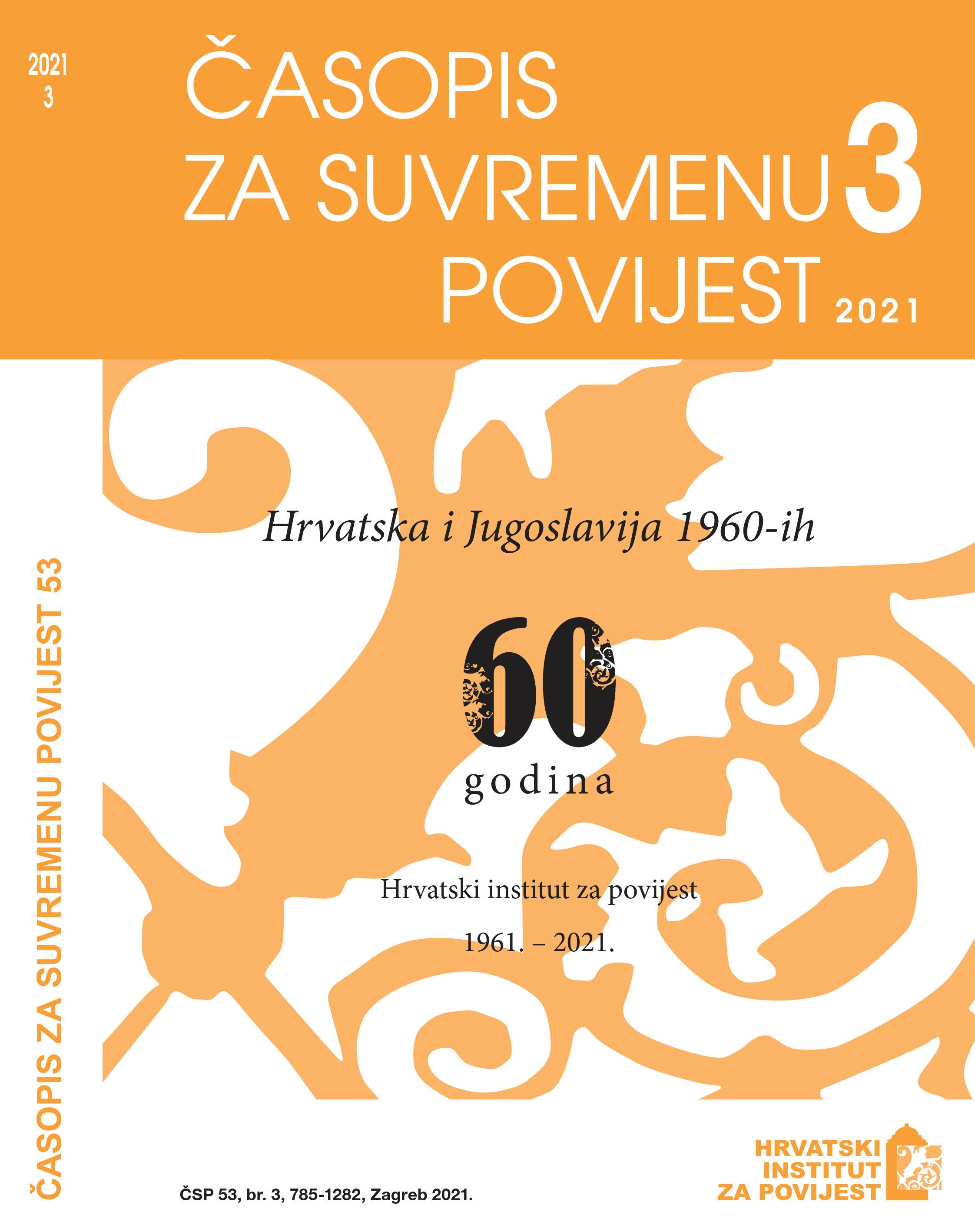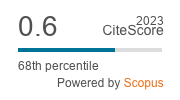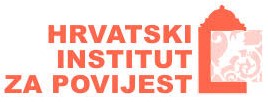The Yugoslav People’s Army in the Socialist Republic of Croatia 1959–1969
DOI:
https://doi.org/10.22586/csp.v53i3.16924Keywords:
Yugoslav People’s Army; Socialist Republic of Croatia; Yugoslavia; organisation; units; ground forces; air force; navyAbstract
The article provides an overview of the organisational development of the Yugoslav People’s Army (YPA) in the Socialist Republic of Croatia (SRC) during the 1960s. The organisational development of YPA units in the SRC was generally almost identical to that of YPA units in the other Yugoslav republics. The development of the Navy, however, was different. There were several organisational changes that affected the YPA units in the SRC in this period. The first of these was the plan ‘Drvar’ in 1959, which introduced many new organisational forms inspired by experiences from Yugoslav Partisan warfare in World War II and by war in expected nuclear conditions. Due to some radical solutions that actually burdened the functioning of the YPA, a new organisational plan, ‘Drvar II’, was introduced in 1964 to amend this. It was followed by further reorganisations: one in 1965, which adjusted the names and traditions of the Partisan units and existing YPA units, another in 1966–1968, entitled ‘Snaga’ (Power), which led to the downsizing of the YPA following the notion in the highest Yugoslav military circles that foreign aggression was only possible from the NATO side. The sudden Warsaw Pact aggression on Czechoslovakia in August 1968 brought change in the Yugoslav perception of possible aggressors, which now included the neighbouring communist countries. This led to another organisational change entitled ‘Snaga II’. Looking from a distance, it seems that organisational changes in the YPA during the 1960s were endless. The article also notes the YPA turn to the Soviet Union for the purchasing of the modern military equipment, ranging from main battle tanks to supersonic fighters. It was written on the basis of the still-restricted sources of the Yugoslav General Staff that are kept in the Organisational Department of the Republic of Serbia’s Ministry of Defence.
Downloads
Published
How to Cite
Issue
Section
License
Copyright (c) 2021 authors and journal

This work is licensed under a Creative Commons Attribution-NonCommercial 4.0 International License.
Copyright holders are the publisher Croatian Institute of History and the authors. Journal of Contemporary History is an Open Access journal. Users are allowed to read, download, copy, redistribute, print, search and link to material, and alter, transform, or build upon the material, or use them for any other lawful purpose as long as they attribute the source in an appropriate manner according to the Creative Commons licence CC BY-NC. The papers published in Journal of Contemporary History can be deposited and self-archived in the institutional and thematic repositories providing the link to the journal's web pages and HRČAK. Journal does not charge article processing charges (APC). The editors assume no responsibility for statements of fact or opinion made by contributors.




